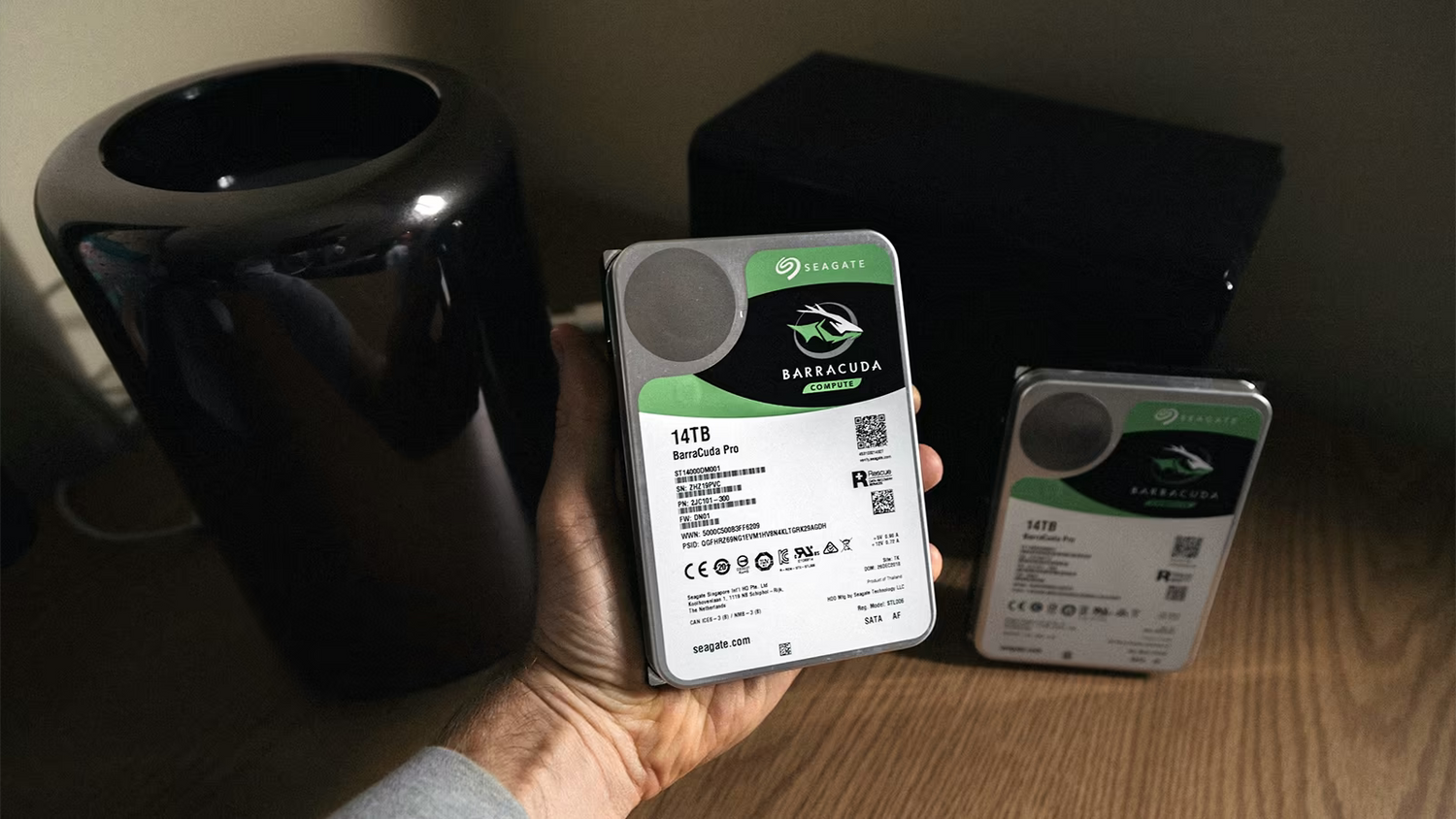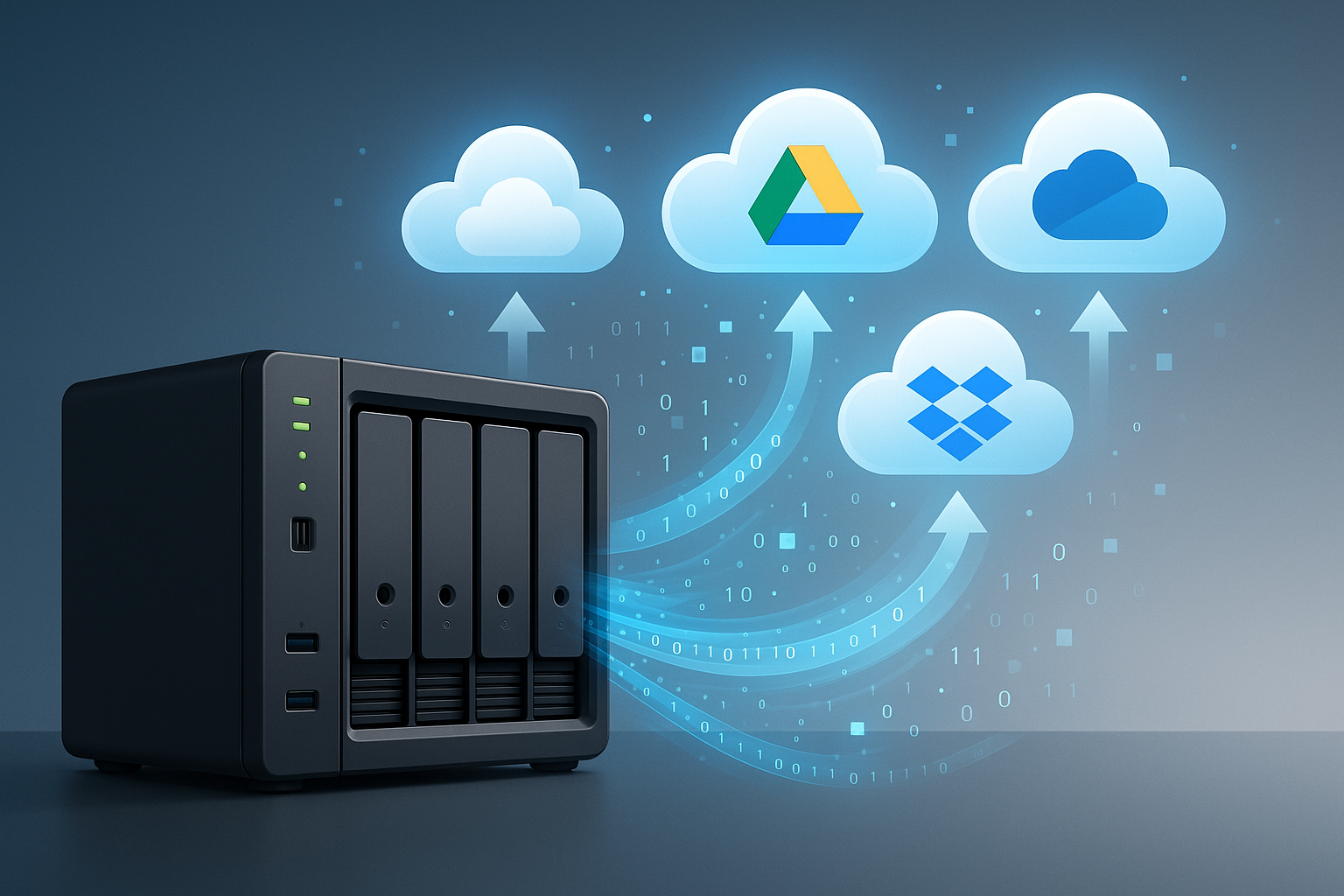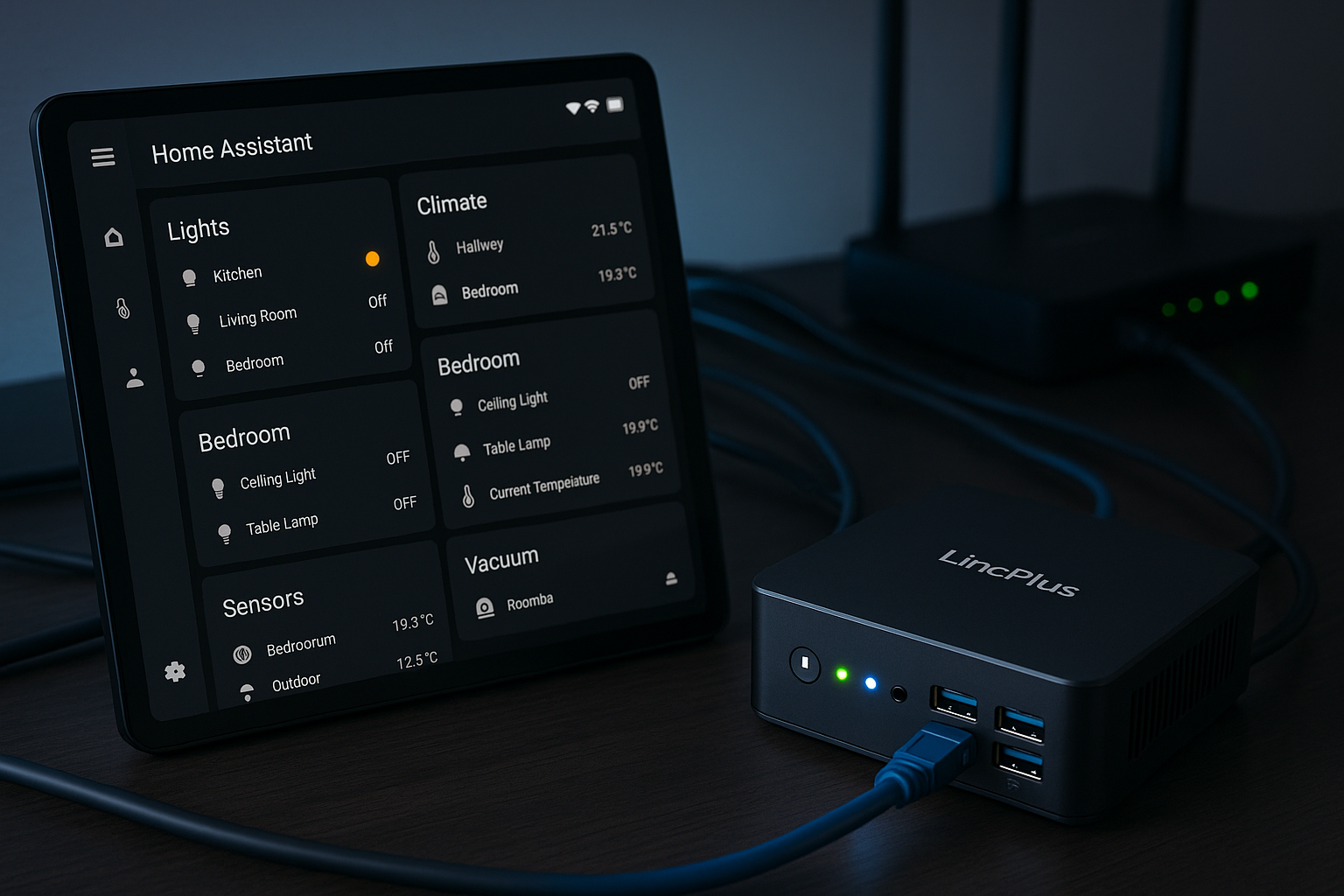In today's world, security cameras are everywhere from small shops and homes to large enterprises, factories, and even smart cities. As the number of cameras grows and video resolutions increase (HD, 4K, and beyond), the need for reliable and scalable storage solutions becomes critical. This is where NVR storage and NAS systems come in.
Choosing the right network video recorder storage system ensures that your security footage is captured, stored, and accessible whenever you need it. In this article, we'll dive deep into how NVRs work, why storage is such a challenge in modern surveillance, and how NAS-based CCTV storage solutions can provide long-term reliability, scalability, and cost-effectiveness.
What is NVR Storage?
An NVR (Network Video Recorder) is a dedicated device designed to record and manage video streams from IP cameras. Unlike older DVRs (Digital Video Recorders), which relied on analog cameras, NVRs work seamlessly with modern IP camera storage systems.
How NVRs Work
- IP cameras capture video and transmit it over a network.
- The NVR receives these streams and records them to internal or external drives.
- Users can view live feeds, playback, or export recordings.
Key Benefits of NVR Storage
- Ease of setup: Plug-and-play with many IP cameras.
- Centralized management: All recordings in one system.
- Local reliability: No internet required to record.
- Optimized for video: NVRs are designed specifically for surveillance workloads.
Limitations of NVR Storage
- Limited scalability (number of drives/bays).
- Proprietary ecosystems (hard to expand outside vendor specs).
- Higher failure risk if storage is not redundant.
- Less flexible for mixed use beyond surveillance.
Why Storage Matters in Video Surveillance
Video surveillance systems generate massive amounts of data. Consider this:
- A single 4MP IP camera recording at 15 fps can generate 1TB of data per month.
- A system with 50 cameras could need 50TB per month—and far more if retention requirements are 6–12 months.
Without a reliable video surveillance storage solution, organizations face risks such as:
- Lost evidence during incidents.
- Insufficient retention for compliance.
- System crashes due to overloaded drives.
This is why storage is not just an afterthought—it's the backbone of any security camera storage setup.
NAS vs NVR: What's the Difference?
While NVRs are purpose-built, NAS (Network Attached Storage) devices offer a more flexible approach. Many businesses today are choosing NAS as their CCTV storage solution because it provides scalability and advanced features.
| Feature | NVR Storage | NAS Storage |
|---|---|---|
| Primary Purpose | Recording video from IP cameras | General-purpose network storage (with surveillance support) |
| Scalability | Limited to drive bays in unit | Easily expanded with additional NAS or expansion units |
| Redundancy | Often limited | RAID options for redundancy & reliability |
| Cost | Typically lower for small setups | More cost-effective for large-scale deployments |
| Flexibility | Only for video surveillance | Can store videos + other business data |
| Software Ecosystem | Vendor-specific | Open, supports multiple surveillance apps |
Why Consider NAS for Video Surveillance Storage?
1. Scalability
As your camera system grows, a NAS lets you expand storage easily. Adding drives or expansion units ensures long-term flexibility.
2. Reliability with RAID
Unlike standalone NVRs, NAS devices offer RAID (Redundant Array of Independent Disks), protecting against drive failure.
3. Multi-purpose Usage
A NAS is not just for surveillance—it can also act as a file server, backup solution, or even host virtual machines.
4. Surveillance-Specific Software
Many NAS vendors (Synology, QNAP, LincPlus with LincOS) provide dedicated surveillance software with camera integration, motion detection, and mobile apps.
Building the Right Video Surveillance Storage Strategy
When planning a network video recorder storage or NAS-based CCTV solution, consider the following factors:
1. Camera Resolution and Frame Rate
Higher resolution (1080p, 4K) and higher frame rates mean exponentially more storage requirements.
2. Retention Period
How long do you need to store video? Compliance standards in industries like finance or healthcare may require 90 days, 180 days, or even a year.
3. Storage Redundancy
Always plan for disk failures. RAID-5 or RAID-6 ensures video is not lost if one or two drives fail.
4. Remote Access and Security
Modern systems should offer encrypted remote access so that footage can be viewed safely from anywhere.
5. Cost of Ownership
Consider not just initial hardware cost, but also long-term scalability and maintenance.
NVR Storage in Small vs Enterprise Environments
Home & Small Business:
A standalone NVR with built-in drives may be sufficient for 4–16 cameras, offering simplicity and low upfront cost.
Medium to Large Enterprises:
A NAS or hybrid NVR–NAS approach is better. For 50+ cameras, centralized storage with RAID and hot-swappable drives ensures reliability and uptime.
Smart Cities & Industrial Use:
Large-scale video surveillance storage solutions may involve multiple NAS clusters with petabytes of capacity and AI-enabled video analytics.
CCTV Storage Solutions: Local vs Cloud
1. Local NVR/NAS Storage
- Advantages: Fast, reliable, no dependency on internet.
- Disadvantages: Limited access when offsite without VPN or cloud relay.
2. Cloud NVR Solutions
- Advantages: Easy remote access, scalable.
- Disadvantages: Expensive for high-resolution continuous recording, bandwidth-heavy.
3. Hybrid Approach
Many businesses use local NAS for main recording and cloud storage for critical footage backup.
LincStation NAS: A Modern Alternative to Traditional NVR
One modern solution is LincStation, powered by LincOS. Unlike traditional NVRs locked to vendor firmware, LincStation offers:
- Support for both Unraid and LincOS, giving users flexibility.
- Scalability for business growth.
- Multi-purpose functionality beyond surveillance.
- User-friendly management and remote access.
This makes LincStation an excellent option for organizations looking for security camera storage that grows with them.
Best Practices for Setting Up NVR and NAS Storage
Use surveillance-grade hard drives (e.g., WD Purple, Seagate SkyHawk) designed for 24/7 recording.
- Enable motion detection to reduce unnecessary footage and save storage.
- Set up RAID for redundancy.
- Monitor drive health regularly to prevent failures.
- Encrypt sensitive footage to meet compliance standards.
Future Trends in Video Surveillance Storage
1. AI-Powered Storage Management
Intelligent systems will automatically archive, delete, or flag critical footage.
2. Edge Storage with Smart Cameras
Cameras themselves will carry micro-NAS storage for redundancy.
3. Cloud-NAS Hybrid Systems
Combining the best of both worlds: local performance with cloud scalability.
4. Higher Adoption of 8K and Multisensor Cameras
More resolution means storage demand will skyrocket, making NAS even more essential.
Conclusion
Whether you are a homeowner with a few IP cameras or an enterprise managing hundreds of video feeds, choosing the right storage solution is essential. NVR storage offers simplicity and reliability for small to medium setups, while NAS-based CCTV storage solutions deliver scalability, redundancy, and multi-purpose functionality for growing businesses.
As video surveillance continues to evolve, modern systems like LincStation with LincOS provide the flexibility to meet today’s demands while preparing for the future. Investing in the right security camera storage strategy today ensures your organization is protected tomorrow.




Hinterlasse einen Kommentar
Alle Kommentare werden vor der Veröffentlichung geprüft.
Diese Website ist durch hCaptcha geschützt und es gelten die allgemeinen Geschäftsbedingungen und Datenschutzbestimmungen von hCaptcha.